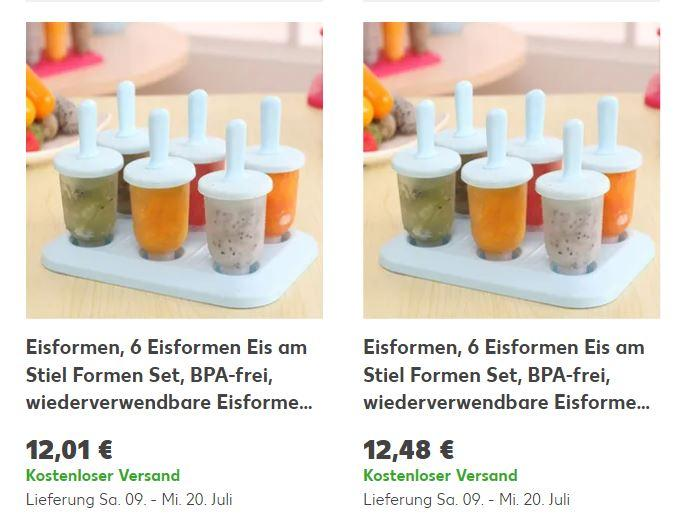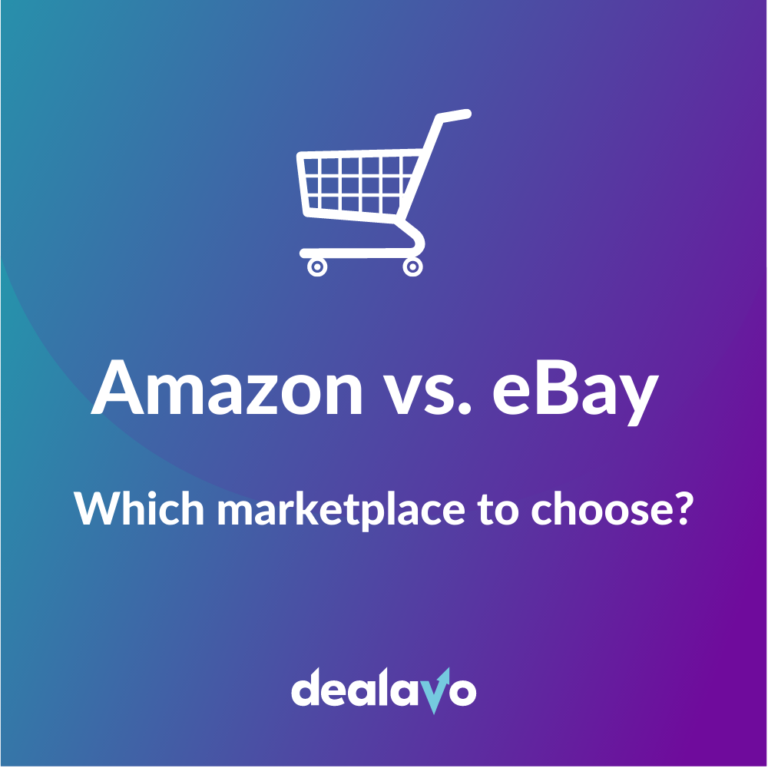The advantages and risks of dynamic pricing at Kaufland.de
- 22 September 2023
Anyone who sells goods online in Germany will undoubtedly have come across the Kaufland.de marketplace, where retailers can advertise their products for a commission. Next to Amazon, the largest sales platform in the world, Kaufland.de is often forgotten by sellers, yet this marketplace offers a lot of sales potential, especially in Germany.

Source: https://www.kaufland.de/seller-signup/
With approximately 32 million online visitors daily, this is Germany’s largest growing marketplace with comparatively minor competition.
How to be competitive on Kaufland.de?
In busy markets where there are lots of sales, sellers compete with each other. In fact, they all want to sell as much as possible. This competition is a common part of retail, but it’s actually great for customers. For instance, on Kaufland.de, there are more than 7,000 sellers offering over 24 million products. So, customers have a lot of choices!
Many customers really like the “Sort by” button, which allows them to effortlessly find the lowest price for a specific product. This forces retailers to continuously monitor and adjust their prices to stay competitive. Just having good products isn’t enough anymore to get customers and sell more. Stores must use a smart pricing plan. This means they have to keep watching and changing their prices all the time to do well in the tough competition.

Source: https://www.kaufland.de/item/search/?id_category=13571&search_value=Tennisball
Dynamic Pricing – a pricing strategy for Kaufland.de
Price competition happens everywhere you buy things, but the ones who do it well can make big profits. One of the most successful pricing strategies is dynamic pricing. In both brick-and-mortar and online retail, prices vary daily, if not hourly.
At Kaufland.de, dynamic pricing can be the best solution if you want to stand out as a seller and generate sales. This pricing strategy involves carefully monitoring competitors’ pricing in order to set one’s own prices lower (or better) and thus appear more attractive to the end customer. On large sales platforms with numerous product offerings, such a pricing strategy may seem complicated and time-consuming, but in reality, it can be automated and consistently facilitate sales on such a platform.
What is Dynamic Pricing?
Dynamic pricing, or so-called price automation, or repricing has been used commonly among online sellers. In this pricing method, we carefully set and adjust product prices based on different factors and current market conditions. This process can also be automated: an algorithm observes and analyzes the prices of your competitors, enabling you to optimize its own prices
So if your competitor’s product costs 10€, you can lower your price to 9,95€ and thus present a more attractive offer to your customers. If the competition is significantly more expensive, you can raise your prices and increase the margin while continuing to deliver the best offer in terms of price. Most repricing tools that monitor the prices of various products work with large databases that make it possible to keep track of all price changes of competitors and thus guarantee perfect price adjustment. Therefore, the introduction of dynamic price management can help to achieve greater sales.
The advantages of repricing on Kaufland.de
Selling goods on online platforms like Kaufland.de can be crucial to a seller’s success. Thanks to their popularity among customers, they offer a large marketplace with a lot of sales potential. If you use the right pricing strategy, you can end up on the first product page here and thus expect above-average sales.
Dynamic price management not only provides customers with the chance to make cost-effective purchases but also offers advantages to retailers. Through such a price strategy, they can significantly increase their sales figures and successfully participate in the competition. Moreover, it’s possible to boost the profit margin, as prices can both decrease and increase.
There are several factors that influence dynamic pricing. In general, prices are naturally raised or lowered based on the competition. However, prices on the markets are also determined by supply and demand, as well as factors such as the environment, politics, competition, and operating costs or production costs.
Thanks to the use of certain tools, such as the Dealavo Price Monitoring & Dynamic Pricing Tool, you can immediately react to price fluctuations, effortlessly adjusting your prices to the factors you determine.

Source: https://www.kaufland.de/item/search/?id_category=58531&search_value=eisformen
Price Wars – a Risk of Dynamic Pricing?
Most successful retailers now use dynamic price monitoring tools. If several sellers now want to offer the lowest price, a situation can quickly arise in which products are sold at a loss. Such a price war is a well-known problem on marketplaces like Kaufland.de, because many sellers manage their prices automatically.
So if a system detects a price reduction, it reduces its own price, and this in turn is detected and reprocessed by the competitor’s system. This leads to retailers undercutting each other until they eventually offer their products well below a profitable margin.
However, Dealavo Price Monitoring & Dynamic Pricing Tool offers the possibility to set a minimum price or margin that should not be undercut. This ensures that you, as a seller, are protected from possible losses and only participate in the price war if you can actually profit from it, even if you opt for automated repricing. This way you stay competitive without having to give up profits.
The Implementation of Dynamic Pricing
The range of products is now so large that manual monitoring of competitor prices is almost impossible. For this reason, you can find various providers of automated tools that help simplify the implementation of a dynamic pricing model. So, if you have already decided to implement such a model, you can benefit from our demo and try Dealavo Price Monitoring & Dynamic Pricing Tool for free. This allows you to monitor competitor prices and, if necessary, automatically adjust your own prices on marketplaces such as Kaufland.de. If you want to learn more about price monitoring in e-commerce, contact us via the form below:




